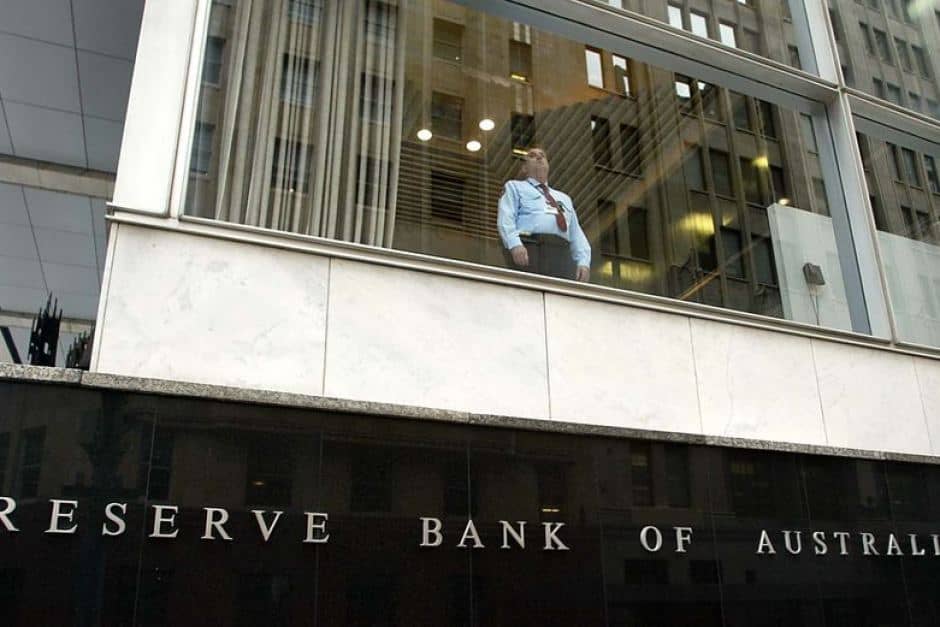The Australian Prudential Regulation Authority (APRA) has made some big moves to ensure the safety of the financial system that are having an immediate effect on investors and property buyers.
APRA directed banks to restrict the growth of lending to property investors to 10 per cent a year and in response National Australia Bank, CBA, ANZ and AMP increased their rates for home loans favoured by property investors. AMP also put a moratorium on new investor credit that will continue until later this year “depending on market conditions”.
Westpac has reduced its loan-to-value ratios on investment lending and clamped down on lending to overseas investors
Mortgage insurance rises
APRA also requested lenders increase the amount of capital they hold against their residential mortgage exposures to between 25% and 30%, up from about 16%.
This change affects authorised deposit-taking institutions (ADIs) accredited to use the internal ratings-based approach to credit risk. APRA chairman Wayne Byres said the banking regulator was willing to act “sooner rather than later” on the reforms, which were in line with a push by the international Basel Committee on Banking Supervision.
APRA figures for the year to the end of March 2015 show ADIs’ commercial property exposures were $234.2 billion, an increase of $15.1 billion (6.9%) over the year. ADIs’ total domestic housing loans were $1.3 trillion, an increase of $107.1 billion (9%) over the year. There were 5.3 million housing loans outstanding with an average balance of $243,000.
Not just about Sydney and Melbourne
Mr Byres explained the regulator’s position to the House of Representatives Standing Committee on Economics inquiry into home ownership earlier this month.
“It is important to note that APRA’s concerns are not driven solely by housing price growth in the major markets of Sydney and Melbourne,” he said.
“Our objective has been to ensure that in the broader environment of high house prices, high household debt, historically low interest rates and subdued income growth, along with strong competitive pressures within the financial system, sound lending standards are maintained across the board.
“Thus far, we have not imposed formal regulatory requirements in relation to lending practices: put simply, we have requested banks take a prudent view of borrower income, ensure they are not underestimating a borrower’s living expenses, and allow for the fact that interest rates will not always be as low as they are today.
“None of this should be seen as anything other than common sense. Our greater scrutiny has, however, prompted some changes to market practice as more aggressive lending has moderated.”
Bank profits may be hit
Commonwealth Bank of Australia Chief Executive Ian Narev said the obvious effect of the higher capital requirements would be lower shareholder returns.
“As you carry more capital and wear more costs, you are going to get a moderate decline in profitability,” he said at the bank’s announcement of a record $9.14 billion full-year profit.
Property Investment Professionals of Australia (PIPA) chairman Ben Kingsley said his organisation wanted to be part of the process. “While PIPA fully supports responsible lending, we believe APRA should take a more transparent approach, rather than continue its current closed-door tactics,” he said.
“Let us all contribute to this discussion and invest in measures that will create a more balanced property market for the long term and strengthen this invaluable component of our economy.” Kingsley added that APRA should focus on lending restrictions in areas of the market that may be overheated.
CBA cuts greenfield funding
Meanwhile, The Australian Financial Review revealed that the CBA would curb loans to new housing developments, which the bank said was part of maintaining its prudential lending standards.
The newspaper said CBA planned to delay the approval of finance for buyers of lots until the land was ready for development and all preliminary work such as roads had been completed.
Developers said the change would restrict land development, putting further pressure on already surging prices by limiting the supply of houses.
The AFR said many developers had to pre-sell up to 50 per cent of all lots on a planned site before a bank would lend the money for earthworks, water, sewers and electricity services.
“There is no justification for cutting off the credit tap for new residential development,” the Housing Industry Association’s chief economist, Harley Dale, told the AFR. “It would be very concerning if it became more difficult for people to get into a new home, which is the end issue here.”
At this stage, no other banks have officially gone down this route, however market sources are reporting similar policies being adopted unofficially by the other major banks.






